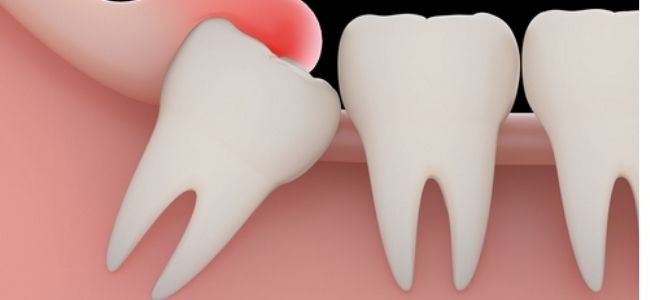Removing teeth as an adult seems scary, unlike kids who get excited to have gaps. The thoughts of going through painful surgery may give you a panic. However, if a wisdom tooth extraction is done professionally, you won’t feel any pain since you’ll be under anesthesia.
What are wisdom teeth?
Wisdom teeth are a set of molars that grow in the back of the mouth (one upper and one lower on each side). Those teeth typically emerge at the age of 17 – 24. Those teeth are helpful but not for everyone. If there is not enough room, they usually cause severe pain and aches despite soothing it. So in such a situation, the best option is your wisdom teeth to be extracted.
Here are some basic things to clear your questions about the entire process of wisdom teeth extraction, and healing tips.
1.Impaction and misalignment
The main reason for removing the wisdom teeth is impaction. But most usually confuse it with misaligned teeth. Well impacted teeth tend to push other teeth, and break the gums due to insufficient room. And they cause unbearable pain.
Symptoms associated with impacted teeth include experiencing difficulty when opening the mouth, bleeding gums, swollen lymph nodes, swelling, and painful lower jaw. If you experience these symptoms, please reach out to your dentist before the impacted teeth lead to oral diseases.
2.Delayed extraction
If your dentist has suggested you get your wisdom teeth extraction, you mustn’t delay. Delaying may cause more complications in the future. Bacteria can easily form and promote gum disease. This is because it will be impossible to clean a painful area. The worst scenario is that even the neighboring teeth get affected. So it is crucial to get the treatment earlier to avoid expensive treatment.
3.Anesthesia for pain-relieving
After deciding to remove your wisdom teeth, your dentist will let you choose any type of anesthesia. There are three types of anesthesia procedures which is local, sedative, and general anesthesia.
Local anesthesia is very cheap, and it allows you to be awake for the process. And sedative anesthesia procedure tends to blur a memory a little bit. Then general anesthesia, you will ultimately lose consciousness prior to the procedure. So for someone who’s grossed out with the idea of removing teeth, general anesthesia is an option. However, it’s an expensive option.
4.Common symptoms to experience after tooth removal
After wisdom teeth are removed, you can experience a variety of symptoms during the first 24 hours after the extraction. You may notice a small amount of bleeding, but you mustn’t worry because it’s normal. You can also expect to swell on the face and painful jaw movement that may cause difficulties while eating or drinking. But then the pain will be temporary.
5.Possible complications after teeth extraction
After removing wisdom teeth, there is a possibility to face some complications, including dry socket and paresthesia. Dry socket is a common complication that typically occurs after three days of removal according to this dentist in Pasadena. It produces odor from the mouth, and it can be prevented by thoroughly flushing the mouth three times a day. Then Paresthesia is rare. It causes numbness, which lasts for a few days.
6.Healing process
Although the recovery speed differs from every patient, they’re many effective ways that can help in the healing process. Your dentist will prescribe medication to take and use an ice pack to curb swelling, if any. Also, you must eat soft and consume more liquids.
In short, if your wisdom teeth are giving you problems, it’s pivotal to get it extracted earlier before they cause more damage and complications to your oral health. After the extraction process, your dentist will suggest precautionary measures to heal the wound.


